From developer Team Ladybug, Blade Chimera is a metroidvania game that blends cyberpunk elements with Japanese folklore, a compelling blend of themes that inspires unique gameplay approaches and a novel visual presentation. The game’s striking pixelated art style leaves a lasting impression, and with a thoughtful mixture of mechanics makes for an experience fans of the metroidvania genre should consider.
In an interview with Game Rant, Team Ladybug lifted the lid on Blade Chimera‘s development journey. They discussed how the indie game handles combat and exploration, and how it sets itself apart from its many competitors in the genre. Team Ladybug also offered insight into the game’s approach to difficulty and how Blade Chimera‘s setting helps to immerse the players in its world. This interview has been edited for brevity and clarity.
1:25
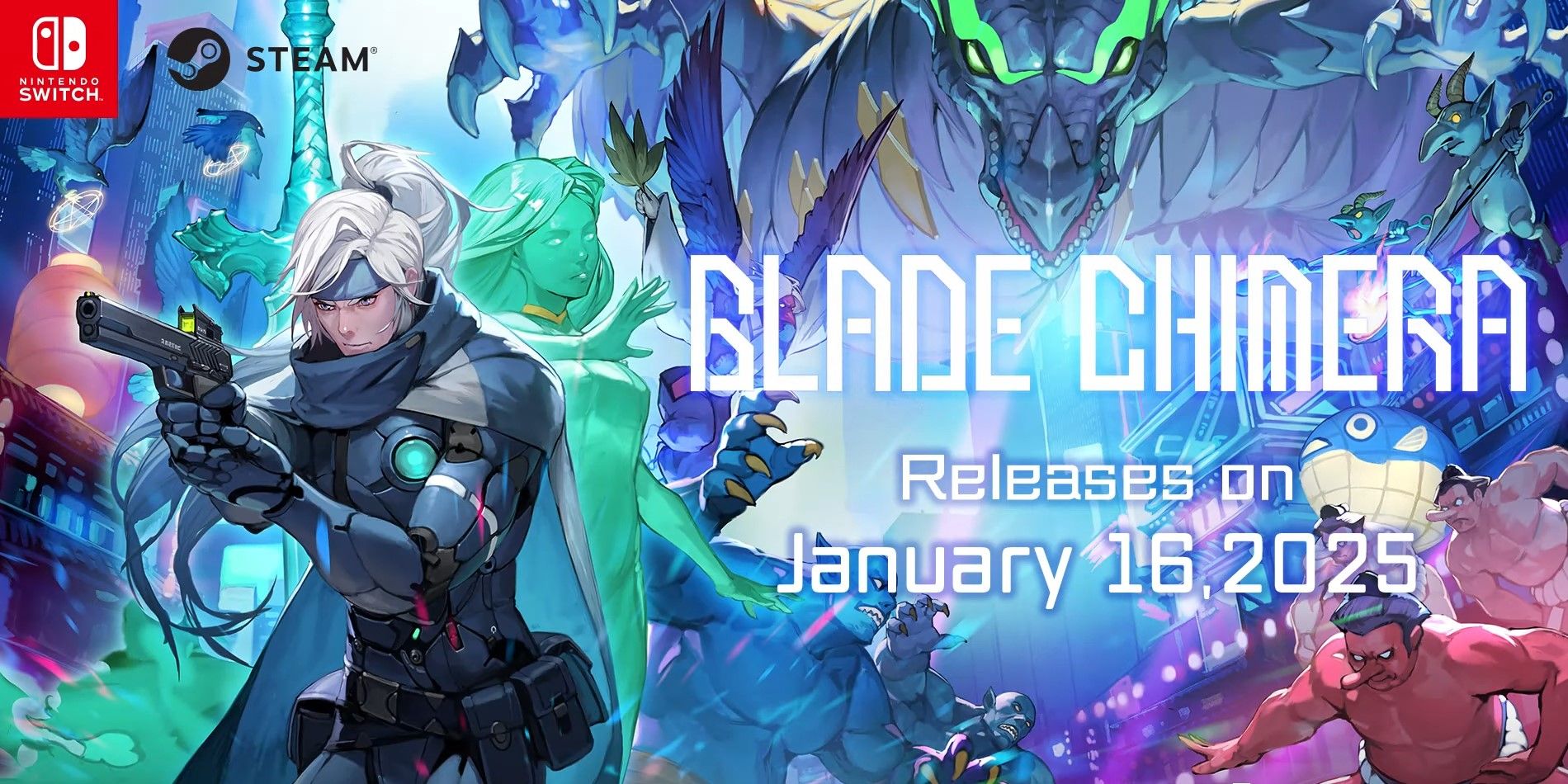
Related
Blade Chimera – Official 3rd Trailer
Check out the official 3rd trailer for Blade Chimera, a cyberpunk metroidvania developed by Team Ladybug and WSS playground.
How the Idea for Blade Chimera Was Conceived
Q: Did the concept and setting of Blade Chimera change as development progressed, or is the end product the way you originally envisioned it?
A: At first, I imagined a character that would fight with spheres of energy, like the Spirit Ball used by Yamcha in Dragon Ball, or like Menat from Street Fighter 5. When I came up with ideas for how he would use these spheres to overcome obstacles, I recalled a scrapped idea for a game where you would thrust a sword into walls to climb over them, so I decided to use a greatsword instead of spheres. Then I decided that making the sword a female companion would allow for more conversations and smoother storytelling, so that’s how Lux’s concept was settled.
Q: How does it differentiate itself from other Metroidvania titles?
A: The most unique thing about this game is the ability to fast travel anywhere on the map. Once the player learns the warp skill, they can travel to almost anywhere on the map they’ve been to before (excluding some specific locations or during certain events) instantly. I originally added this as a feature to make debugging easier, but once I did, I realized I wanted to design something fun around this mechanic. I made some locations and items only accessible by warping to make warping one of the main characteristics of the game. Once you get used to this feature, you might feel a little annoyed when you play other metroidvania games without it.
Blade Chimera’s Key Mechanics Explained
Q: Can you describe the key mechanics and abilities players will use to navigate and engage in combat?
A: In this game, enemies tend to deal a lot of damage, and using Lux’s abilities costs a lot of MP, so players might find themselves running low on HP quickly if they’re not careful. However, melee attacks recover your MP, and Lux’s attacks recover your HP. Switching up your attacks and using both your weapons and Lux’s attacks can allow you to quickly deal with enemies without spending many resources at all. Mastering this loop of recovering MP and HP makes gameplay pretty satisfying.
Q: Level design is crucial in metroidvania games. How did you approach the game’s exploration, challenge, and player progression elements?
A: This game has a skill tree, and, depending on what skills the player decides to unlock and when, they might have different approaches to exploration. That means if I designed a place in the main story that required using the double jump, some players would be locked out of that part of the story for much longer than others. To avoid situations like this, the map is designed so the main story can be completed even if you haven’t gotten a single skill from the skill tree.
The beginning of the game is very easy, so even beginners to the genre should be able to play it without much trouble, but as the game progresses, it gets harder and requires the player to understand their skills and the game’s systems properly and to use them to their fullest. However, confident players who want a bigger challenge can also beat the game while restricting themselves from using any skills. There’s a game mode you unlock after beating the game where you can do just that, so maybe players who want to do a second playthrough will enjoy it.
Q: Are there any unique narrative elements that players can look forward to?
A: In this game, when you unlock new skills, you also unlock memories about Shin and Lux’s past. These side stories add depth to the main story and help the player understand the game’s world and events. Also, this isn’t a “good beats evil” story. Every person has a sense of justice depending on their circumstances, and I made a point not to depict anything suggesting a certain brand of justice as absolute. The player will be asked what is “right” and “wrong” as they progress through the story.
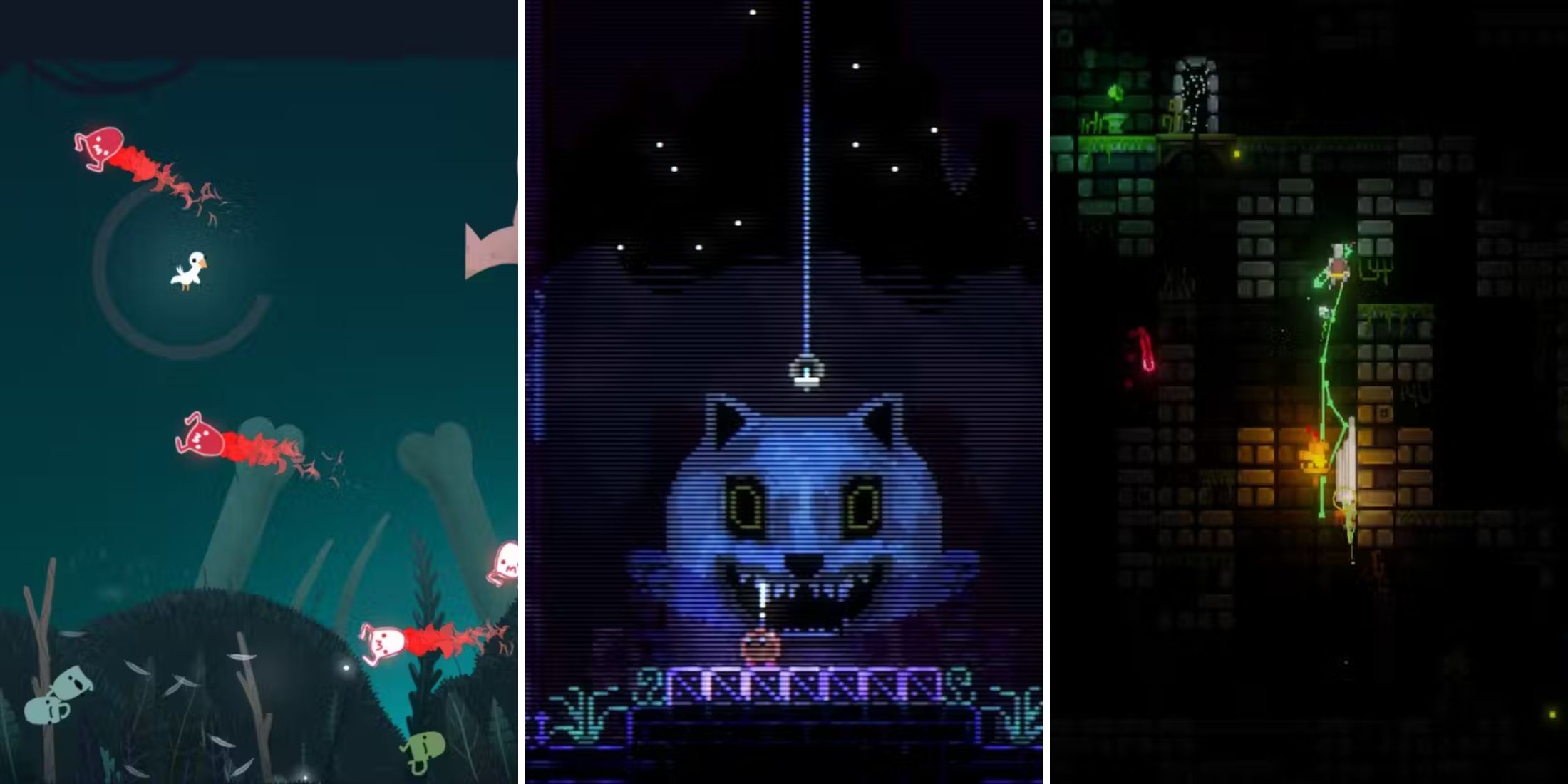
Related
Best Metroidvania Games With No Combat, Ranked
Certain Metroidvanias forgo combat entirely, opting instead to focus on puzzles, quick reaction time, or both as the core parts of their gameplay loop
How Player Choice Affects Their Experience in Blade Chimera
Q: How does Blade Chimera handle player choice or customization in gameplay or character development?
A: Skills can be unlocked from the skill tree. Players who aren’t as good at action games can clear more missions at the beginning to raise their level earlier and unlock more skills if they want to have an easier time. On the other hand, more skilled players can rush ahead and try to beat the game with a limited number of skills. If you start a second playthrough, changing which skills you unlock first could be a fun experience, too. The game is designed so that it can be beaten no matter what skills you unlock. Various items and equipment can raise your defense, improve your healing abilities, reduce certain types of damage, and more. Using these items can make your run even easier.
Q: What can players expect from the game’s boss battles?
A: I think the main story bosses are very unique from one another, which should be fun to play through. They’re not bosses that can be beaten just by hitting them repeatedly. You need to use Lux’s abilities or stage gimmicks, and some of them can transform mid-fight and change up their attack patterns.
How Blade Chimera Approaches Difficulty
Q: Does Blade Chimera feature difficulty settings? Is it designed to be punishing?
A: There’s this really tasty ramen place called Ichiran in Japan, where customers can customize their ramen from the firmness of the noodles to the flavor of the soup. I call the ability to choose a difficulty level when you first start a game the “Ichiran System.” I’ve made many games that use the Ichiran System, but I also like ramen places that offer limited options as if they’re forcing you to eat one specific thing, and Blade Chimera is more like that. It only has one single difficulty level, and maybe newer players might struggle with that, but there are things you can only gain after overcoming an obstacle like this, so I hope even players who struggle at the beginning make it to the end. I’m sure that after beating the game, you’ll say it was delicious. I might add the Ichiran System back in a future update, who knows?
Q: How does Blade Chimera encourage replayability or player experimentation?
A: Beating the game unlocks additional settings for players who want to play the game with more restrictions. Players who want a more difficult challenge for their second playthrough can play in that mode. Since the game is designed so that you can beat it without learning any skills, you could try setting your restrictions by only learning a certain number or type of skills. I believe the game is relatively easy to beat if you play it normally, but should provide a nice challenge for speed runners or people who play with restrictions.
How Team Ladybug’s Previous Games Influenced Blade Chimera
Q: How much did your past titles help to shape Blade Chimera?
A: I’ve always struggled with drawing attractive characters, but ever since working on games like Touhou Luna Nights and Record of Lodoss War -Deedlit in Wonder Labyrinth-, I’ve learned a lot about character design. In Blade Chimera, every character has their sense of justice, and even when that clashes with other characters or the players’ views, each is sympathetic or at least understandable to a certain extent. I think character design has played an important part in shaping the world of Blade Chimera and making it more immersive.
Q: What are you most excited for players to experience now that Blade Chimera has been released?
A: In metroidvania games, the background isn’t very important. If anything, you could make blocky terrain against a blue sky and call it a day. However, I make a point to put a lot of effort into the backgrounds for this game. It’s a 2D side-scrolling game, but to make the world feel alive and that people live in it, I’ve added many details in the backgrounds. If you stopped every once in a while and paid attention to every nook and cranny, it would make this 2D world all the more immersive.
[END]
Blade Chimera is available now on Nintendo Switch and Steam.
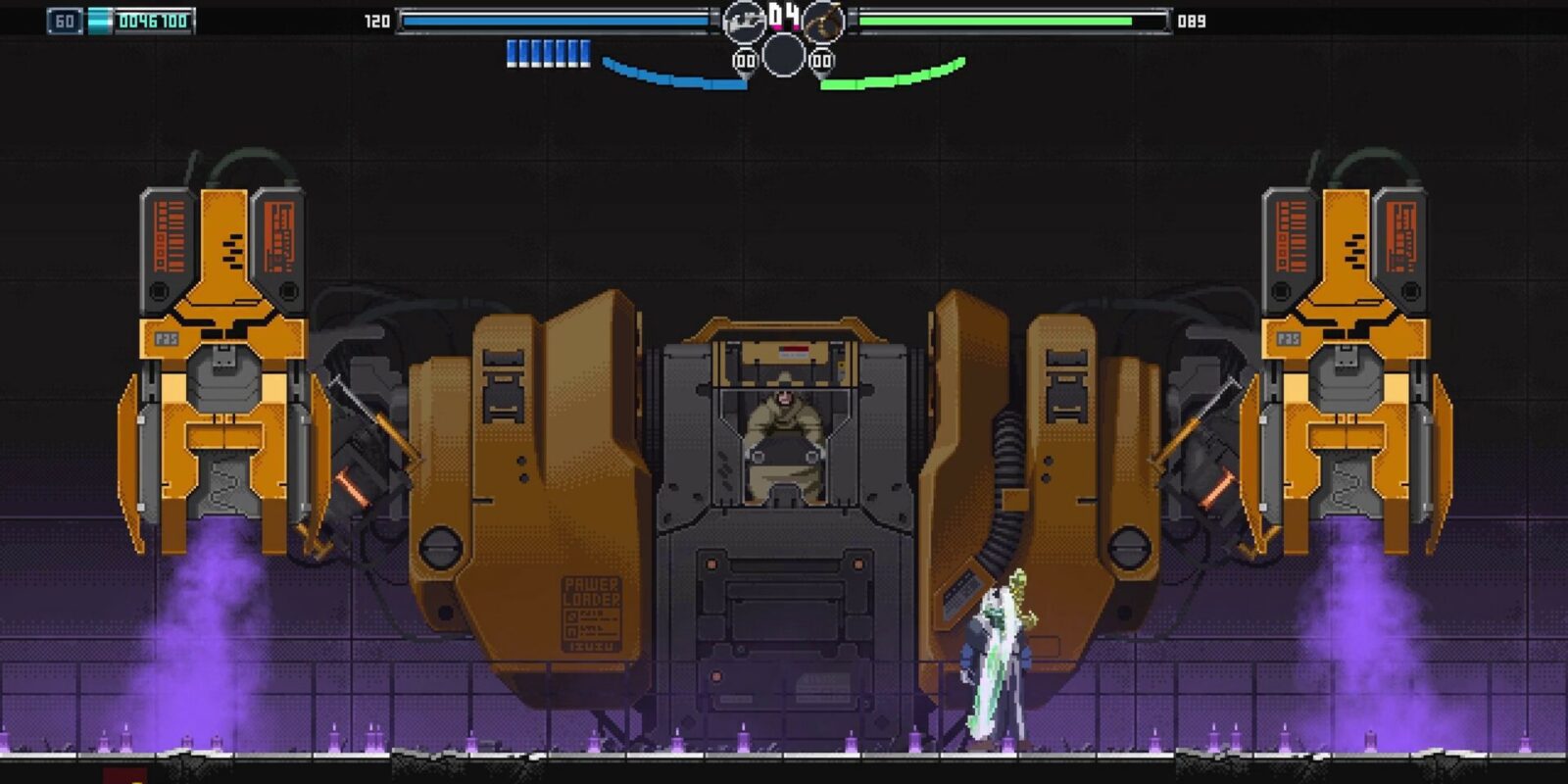

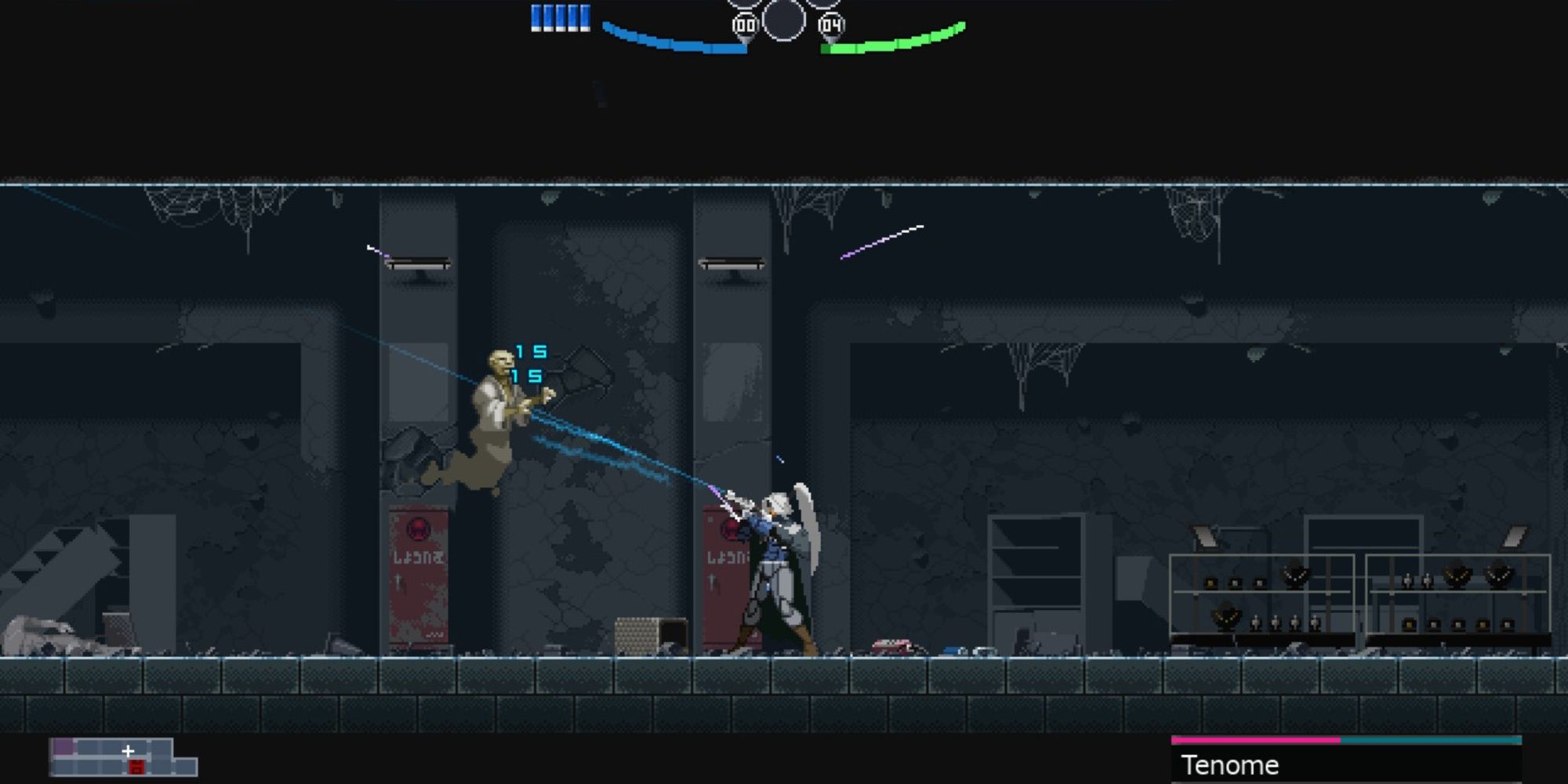
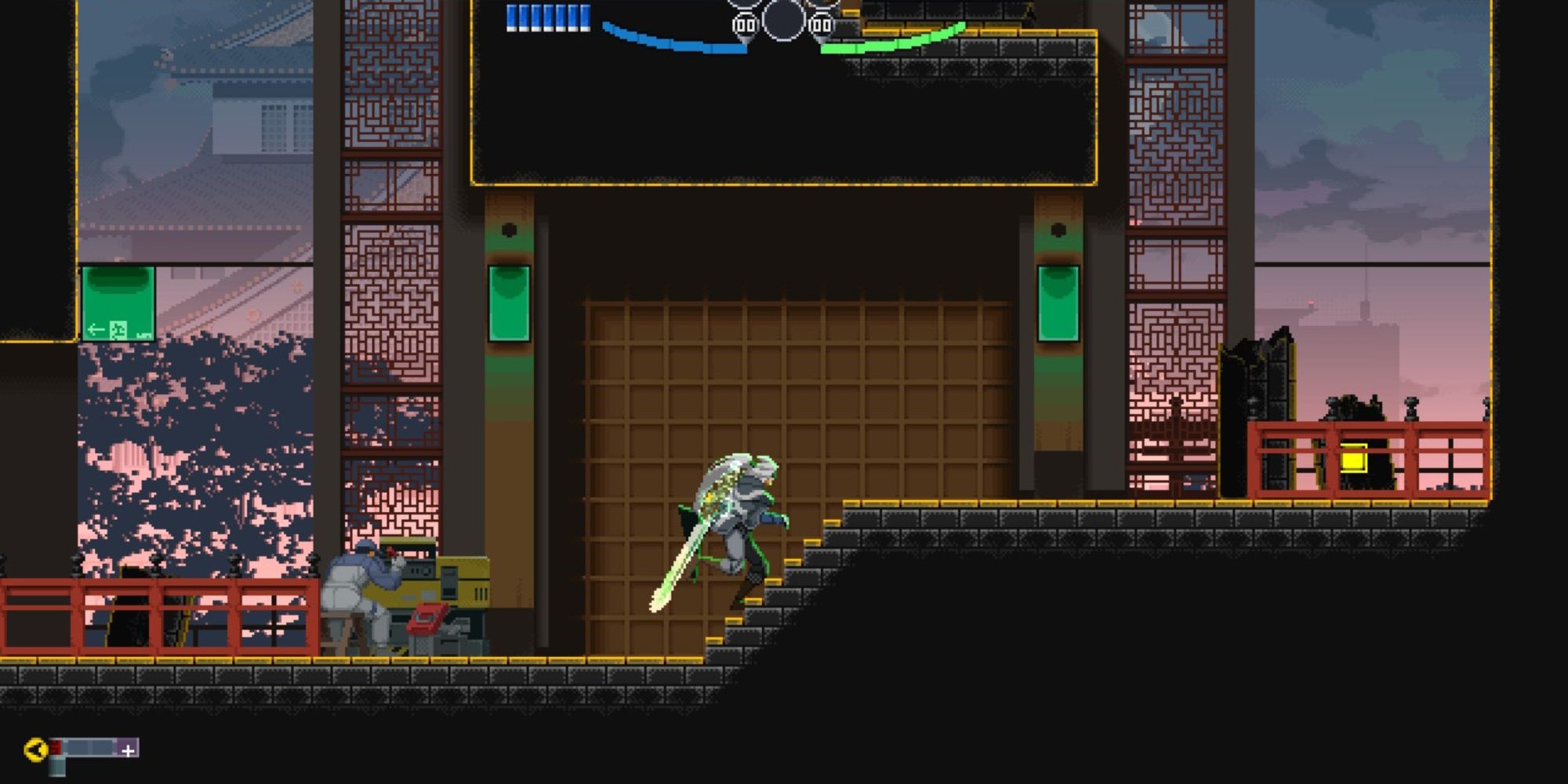
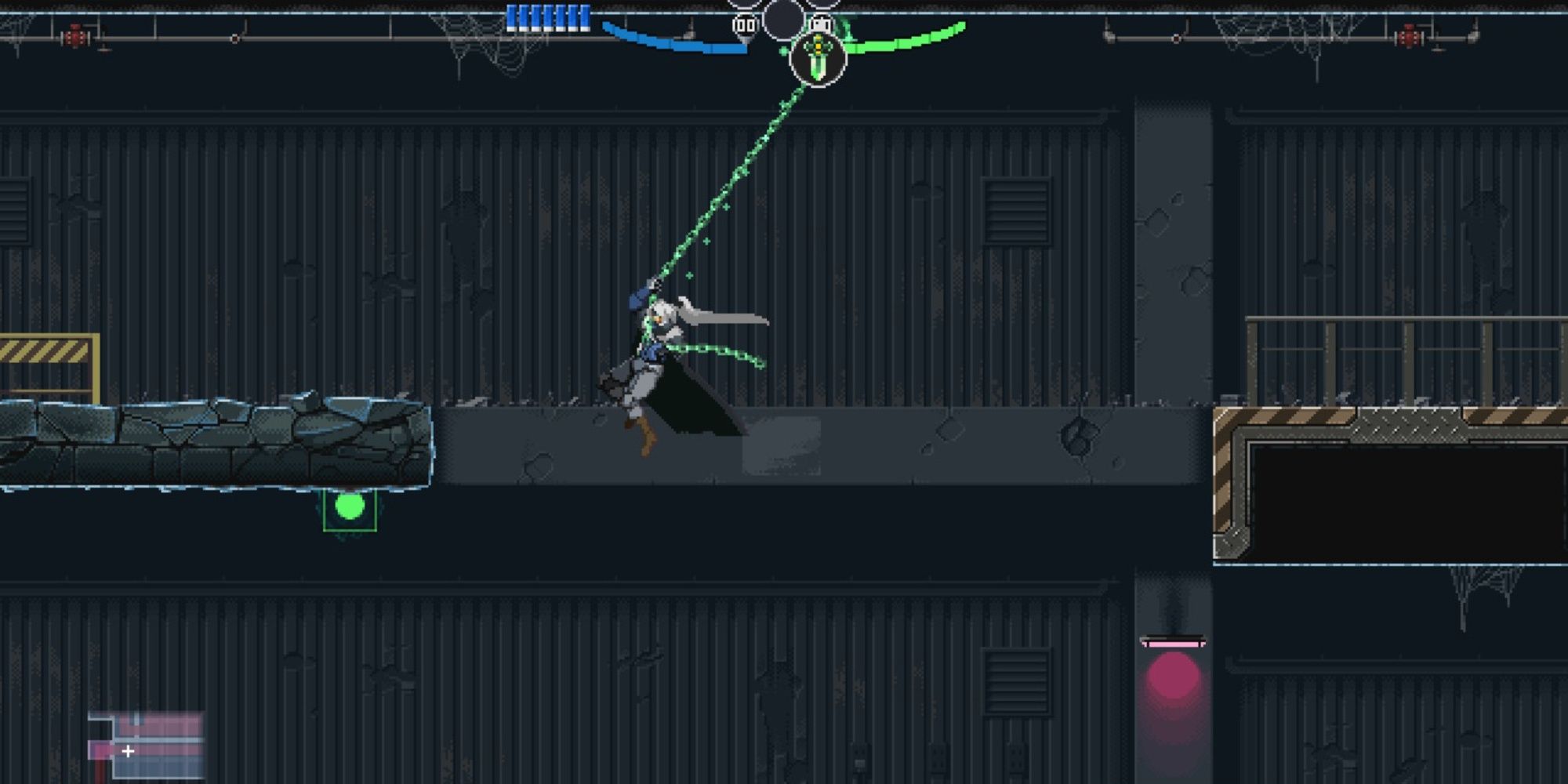
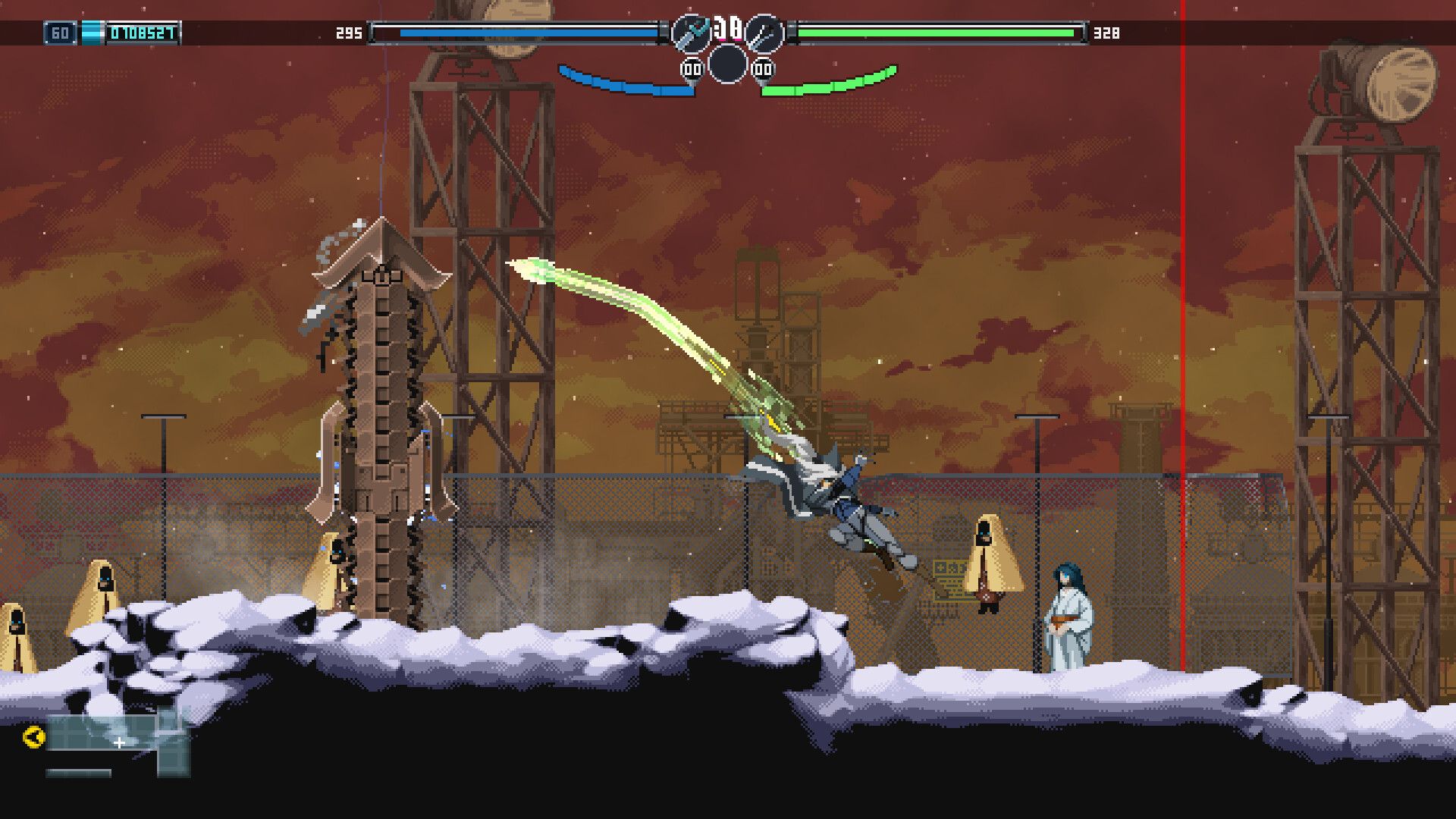
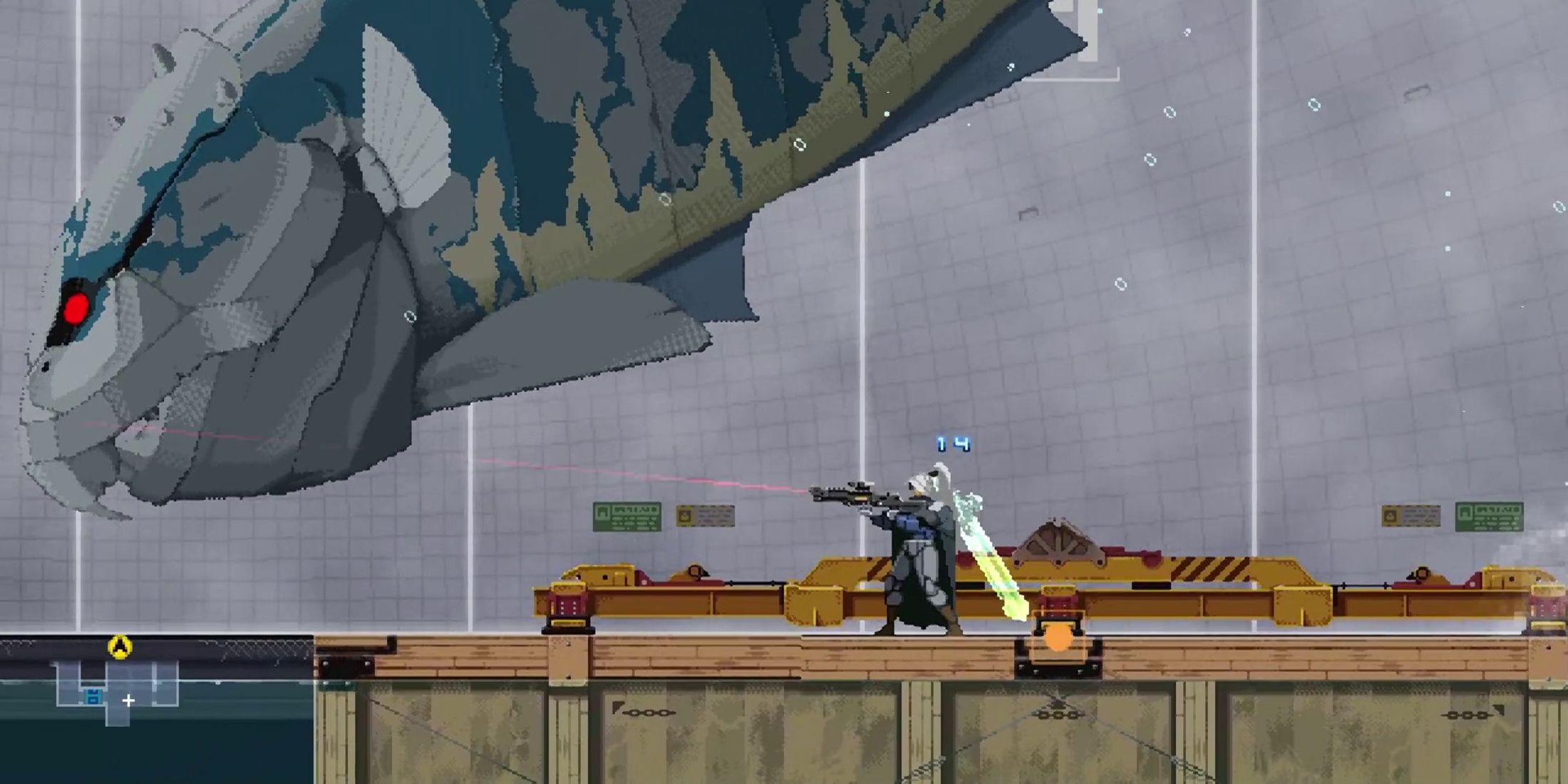
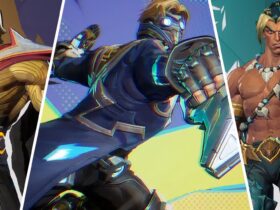
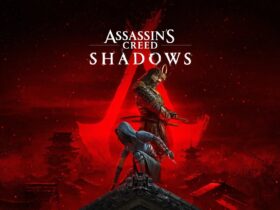
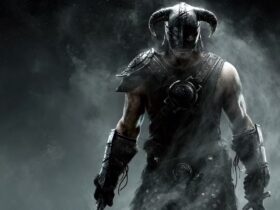
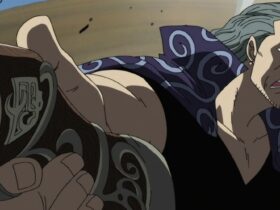

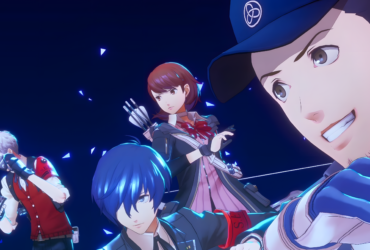
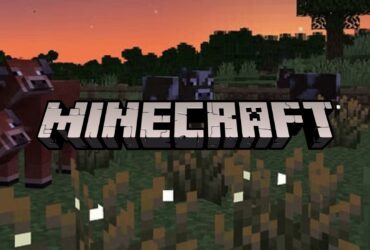
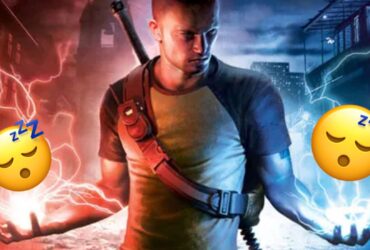
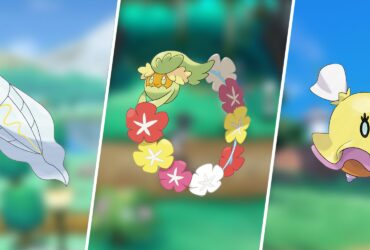

Leave a Reply